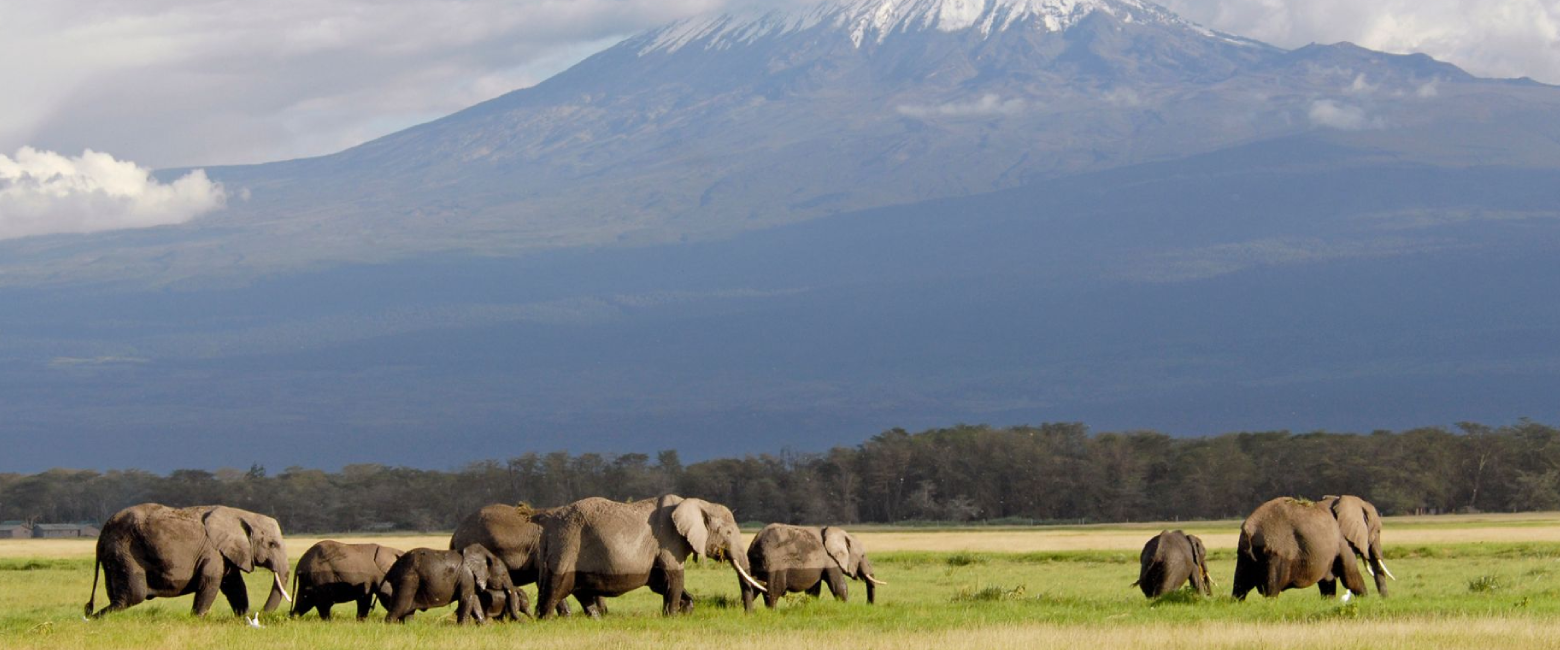
Kilimanjaro National Park in northern Tanzania guards Africa’s rooftop and the dramatic environmental staircase surrounding it. Covering 1,688 square kilometres, the park begins in emerald montane rainforest draped with moss and echoing with colobus calls.
Trails wind upward into sunlit heather meadows dotted with giant lobelias, then rise again into stark Alpine desert under cobalt skies. At dawn, trekkers crunch over ancient glaciers crowning Kibo’s crater rim and watch clouds swirl far below Uhuru Peak.
Beyond mountaineering glory, these altitude layers support surprising wildlife: elephants browse lower slopes, chameleons cling to branches, and lammergeiers ride icy thermals.
Whether visitors summit or stroll forest paths, Kilimanjaro delivers a rare blend of challenge, biodiversity, and cinematic scenery in one compact reserve. Sunset paints the summit coral and gold nightly.
High-altitude rainforests, alpine desert, and glittering glaciers stand out in inspiring highlights drawn from Africa’s rooftop — Kilimanjaro.
From summit quests to gentle forest walks, Kilimanjaro offers varied adventures for climbers, nature lovers, birders, and curious culture seekers.
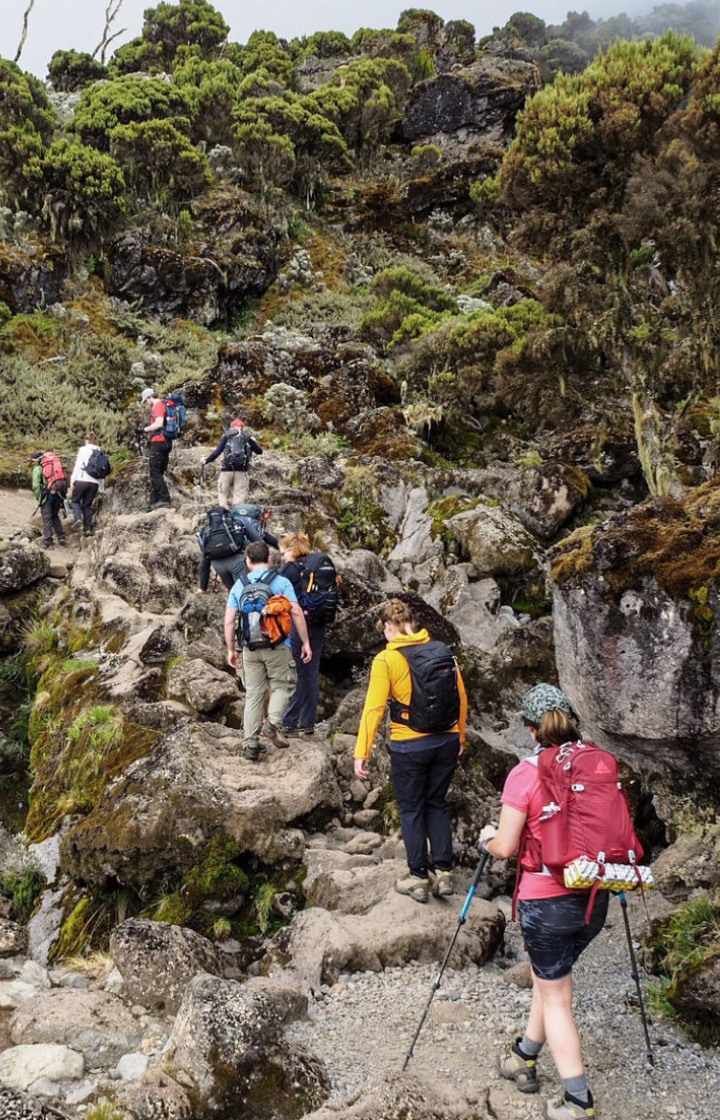
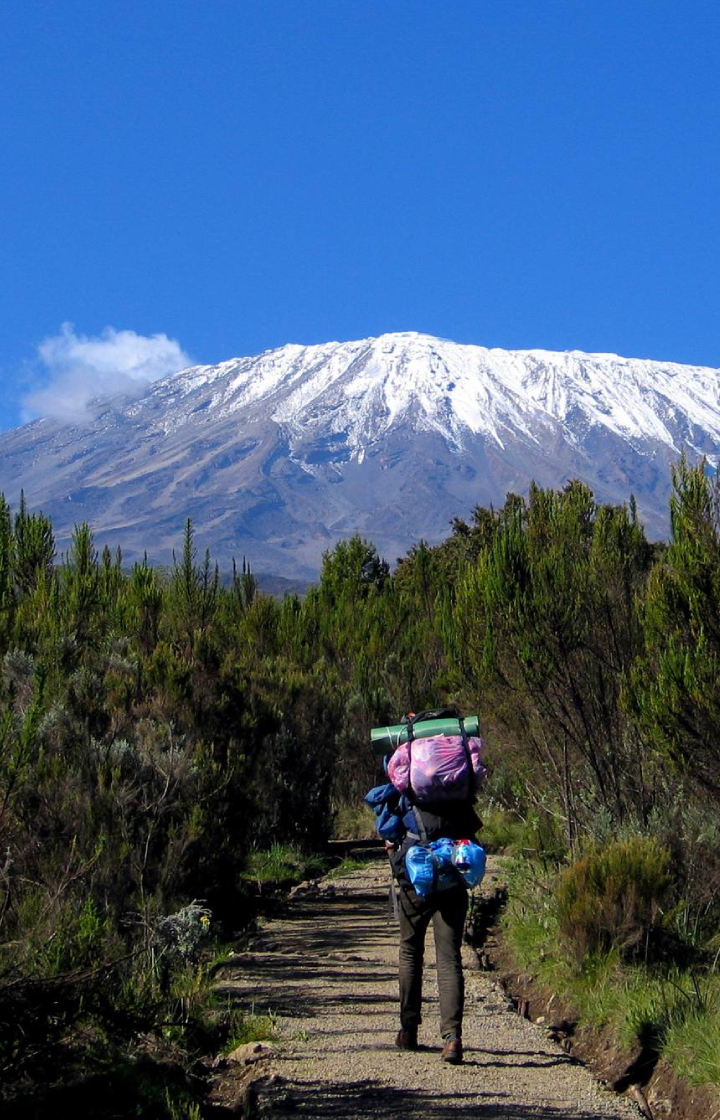
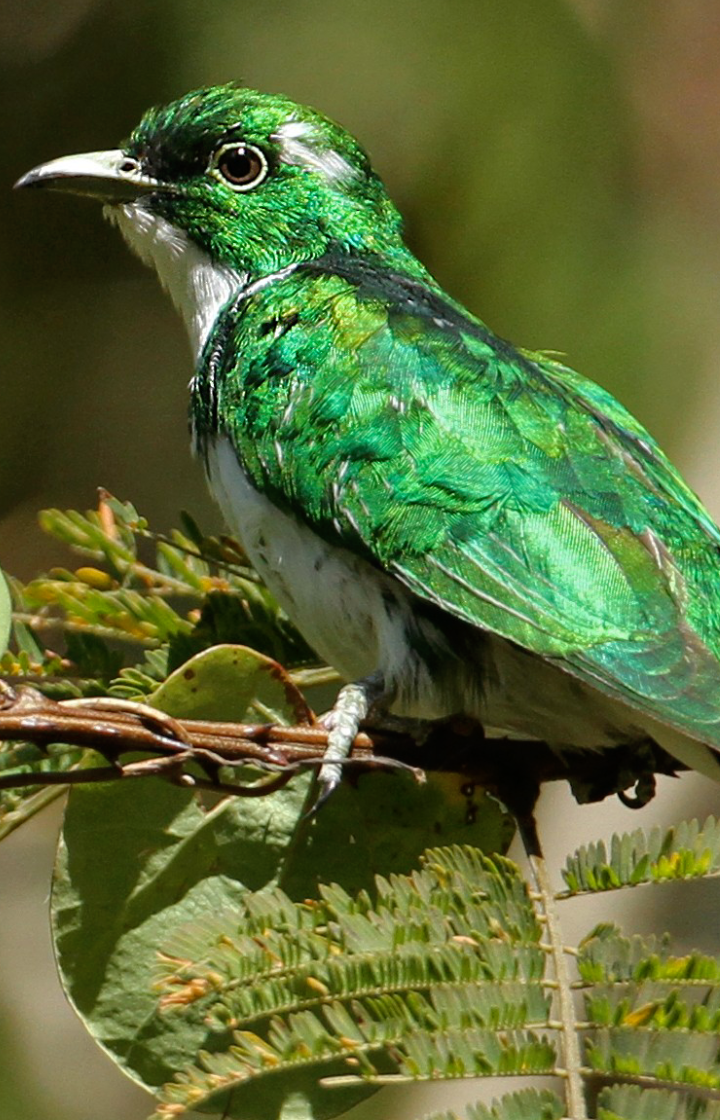
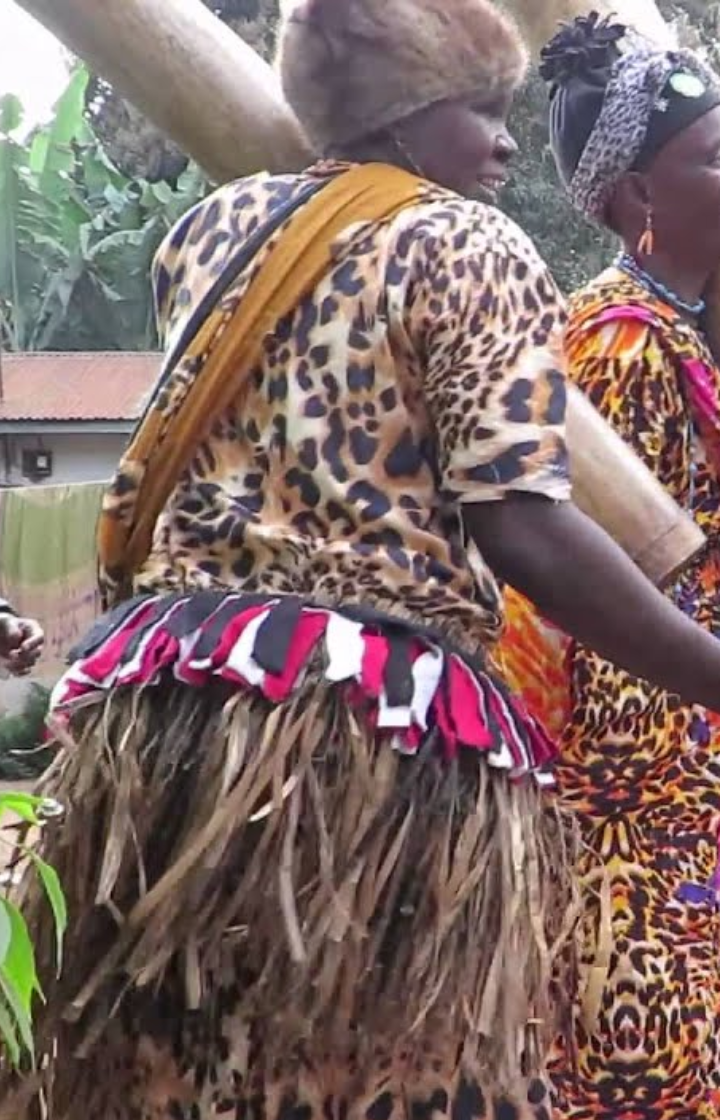
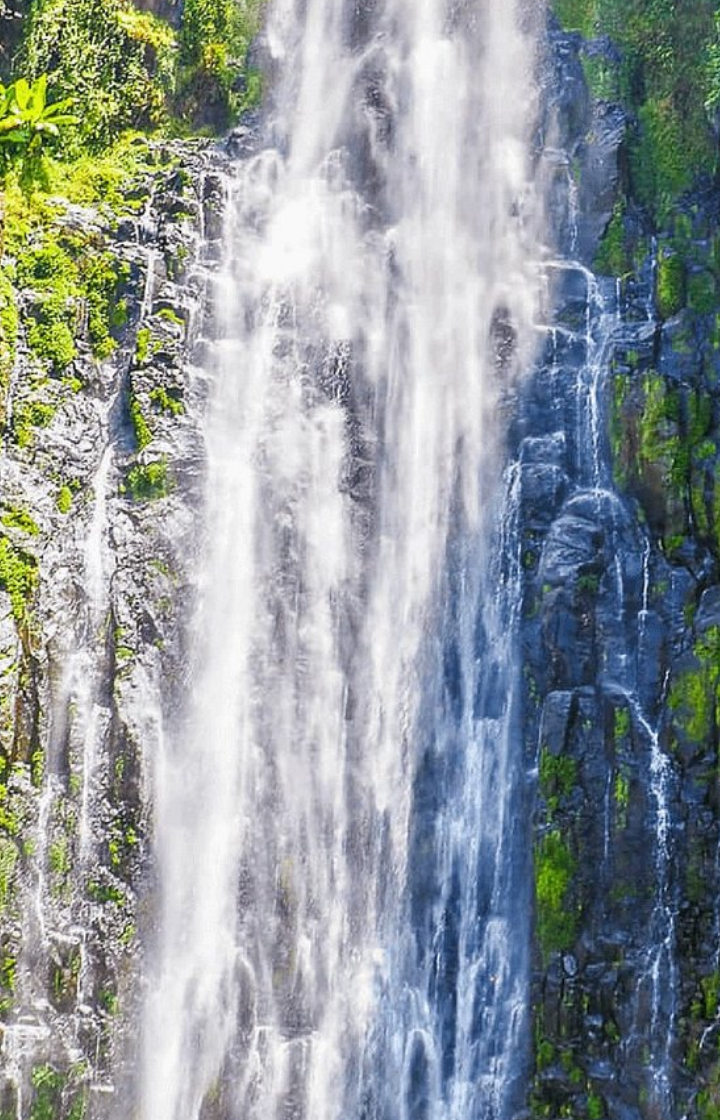
June to October and January to mid-March are best for Kilimanjaro, with clearer skies and favourable conditions for trekking and wildlife experiences.
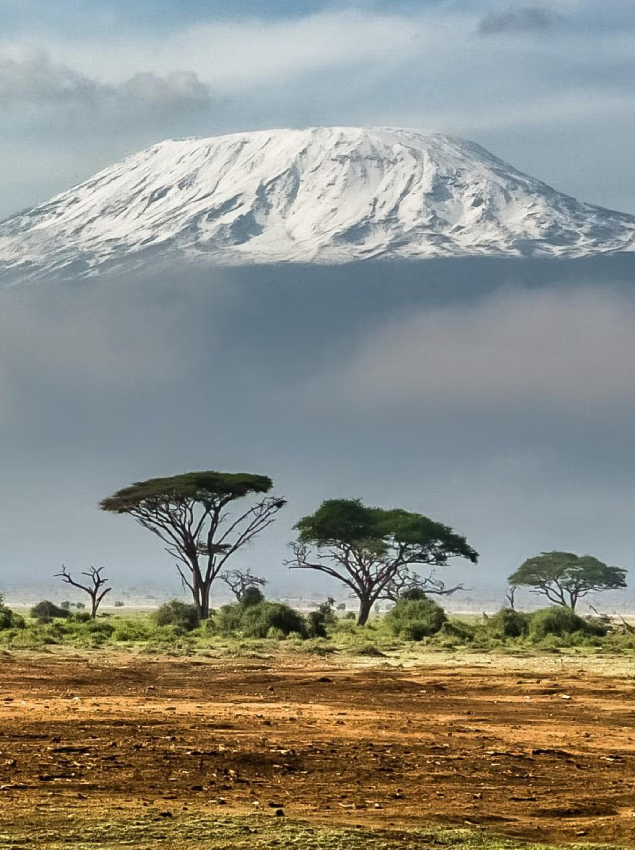
The best time to visit Kilimanjaro National Park is during the dry months of June to October and January to mid-March. These periods offer clear skies, stable weather, and the best conditions for climbing. June brings blooming wildflowers, while September offers beautiful glacier views at sunrise. Trails are dry and easier to hike, and summit success rates are higher.
During the rainy months of April, May, and November, trails on the southern and western slopes can become muddy and slippery. However, climbing is still possible via the Rongai Route, which lies on the northern side of the mountain and receives less rainfall. This route remains accessible and safer during wet months.
For those seeking fewer crowds and lush scenery, the rainy season offers a quieter, more serene experience. Just be sure to pack waterproof gear and warm layers.
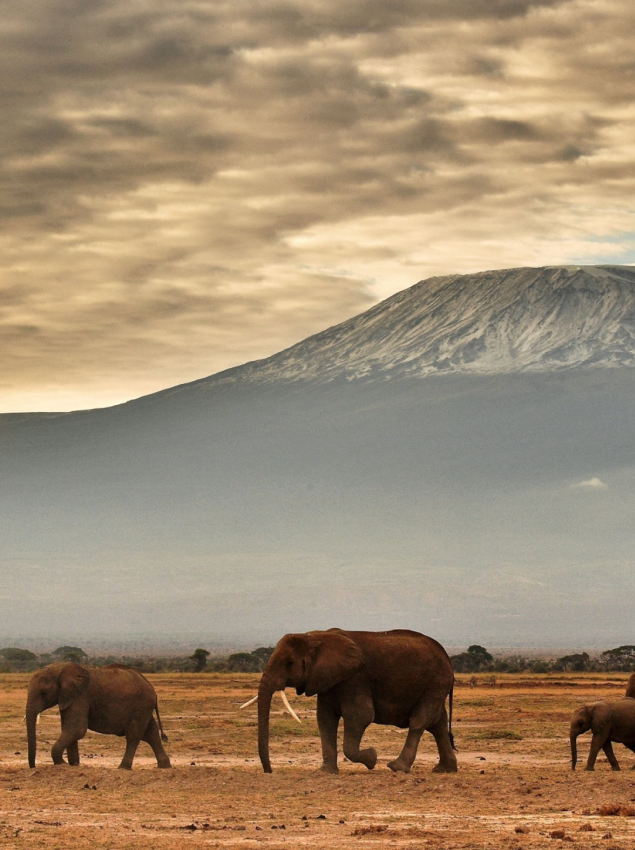
Choose mountain huts, tented alpine camps, or cosy Moshi lodges offering hot showers, hearty menus, and affordable pre-climb gear rental.
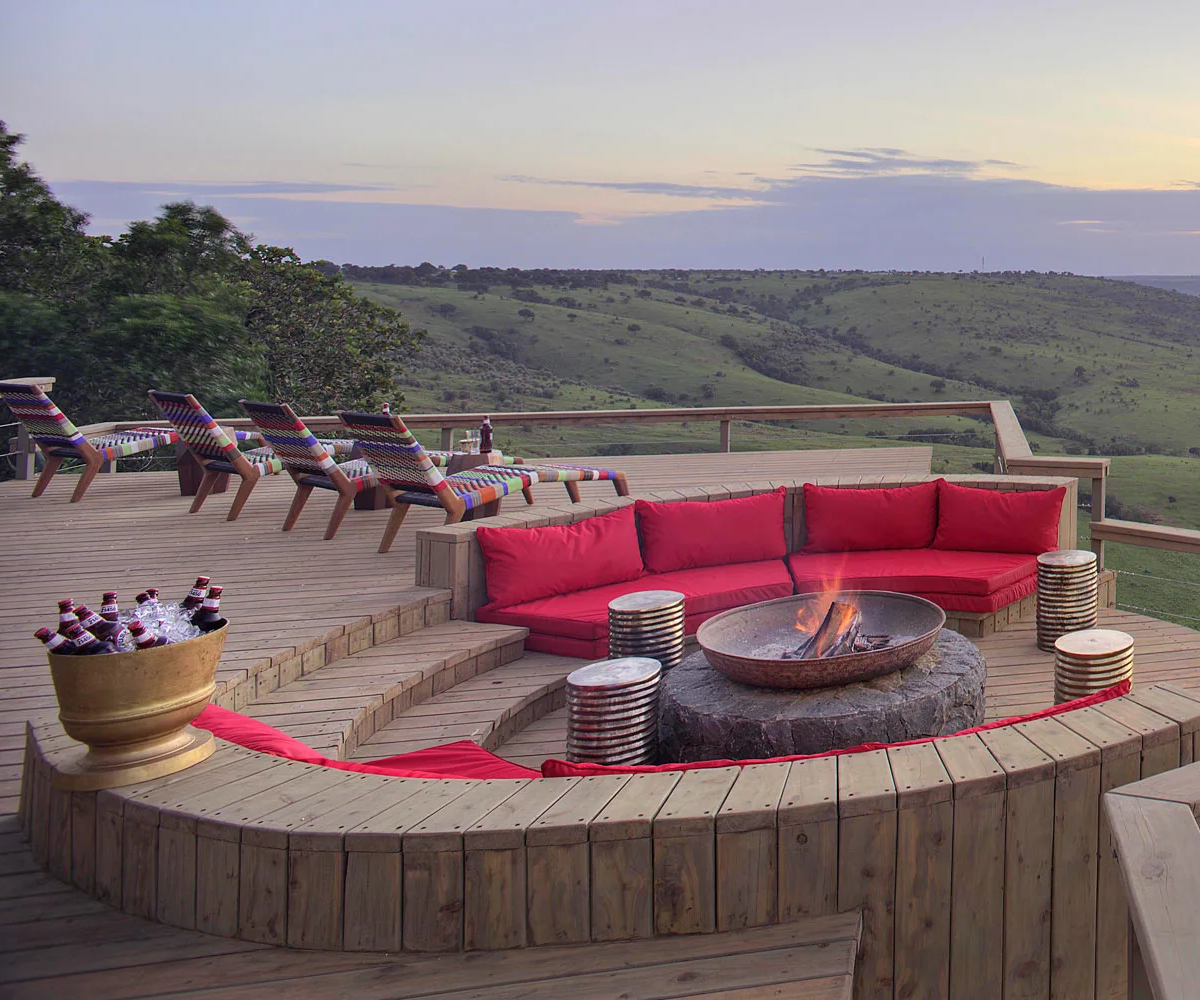
Tanzania
Luxury Lodge
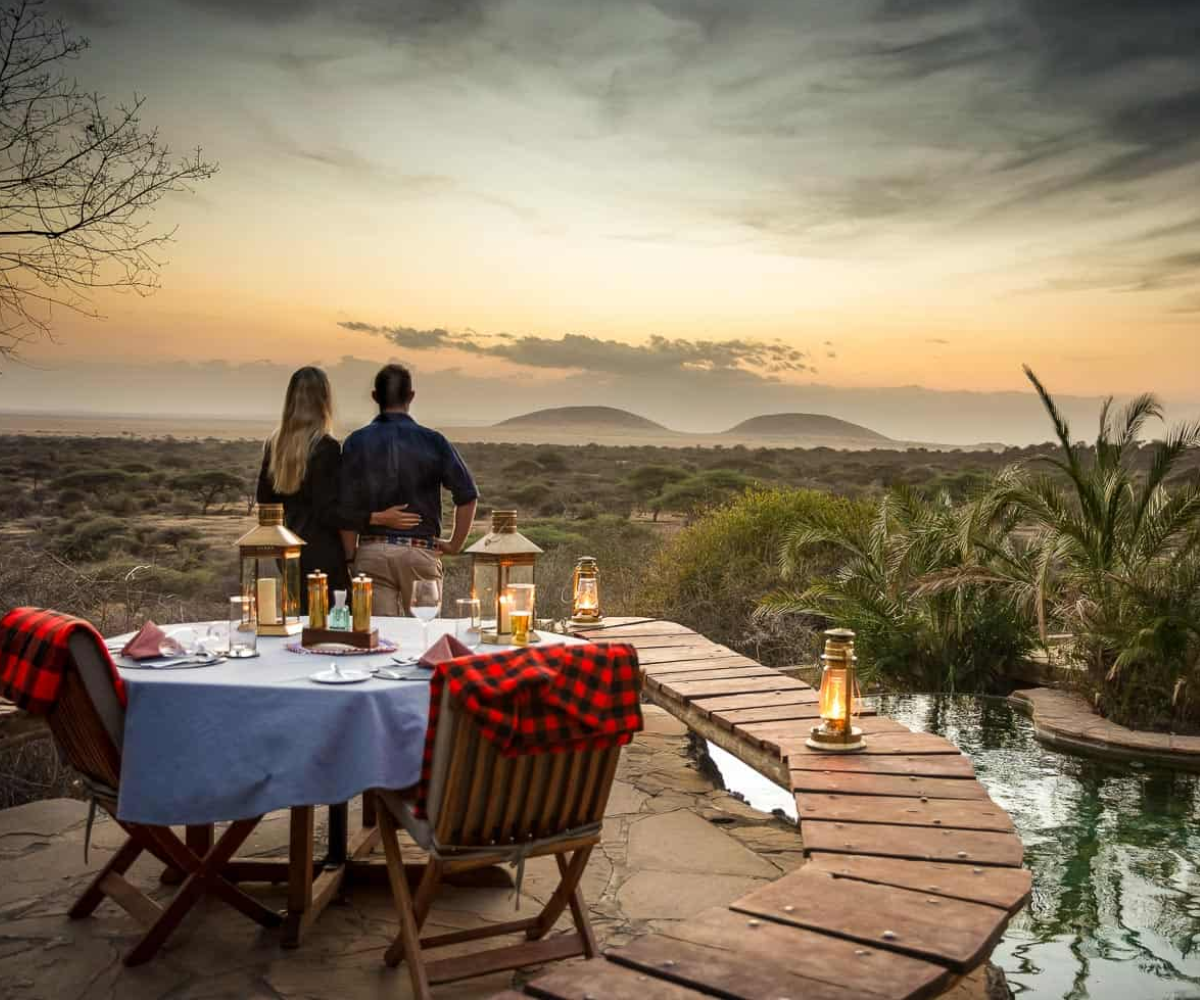
Tanzania
Luxury Lodge
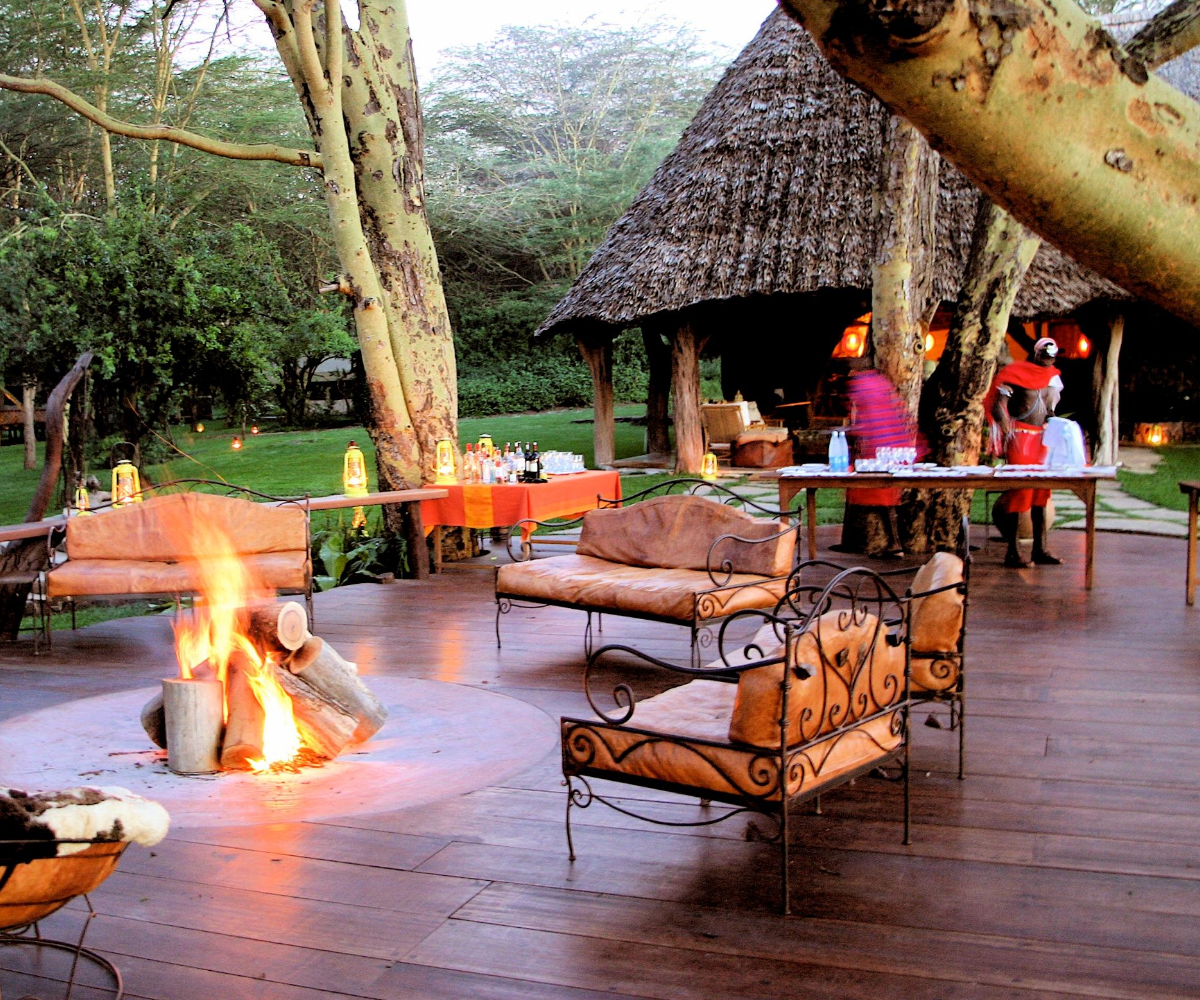
Tanzania
Luxury Lodge

Blue

Starling

Colobus

Bushbuck

Elephant
Most visitors fly into Kilimanjaro International Airport, strategically located between Arusha and Moshi, with direct connections from Europe, the Middle East, and regional hubs such as Nairobi. A private transfer or scheduled shuttle reaches Moshi in under one hour, where final gear checks and guide briefings occur. Trailheads at Marangu, Machame, Lemosho, and Rongai Gates lie 30-90 minutes farther, accessible via paved highways and graded rural roads. Alternatively, comfortable intercity buses reliably link Dar es Salaam and Arusha to Moshi daily.
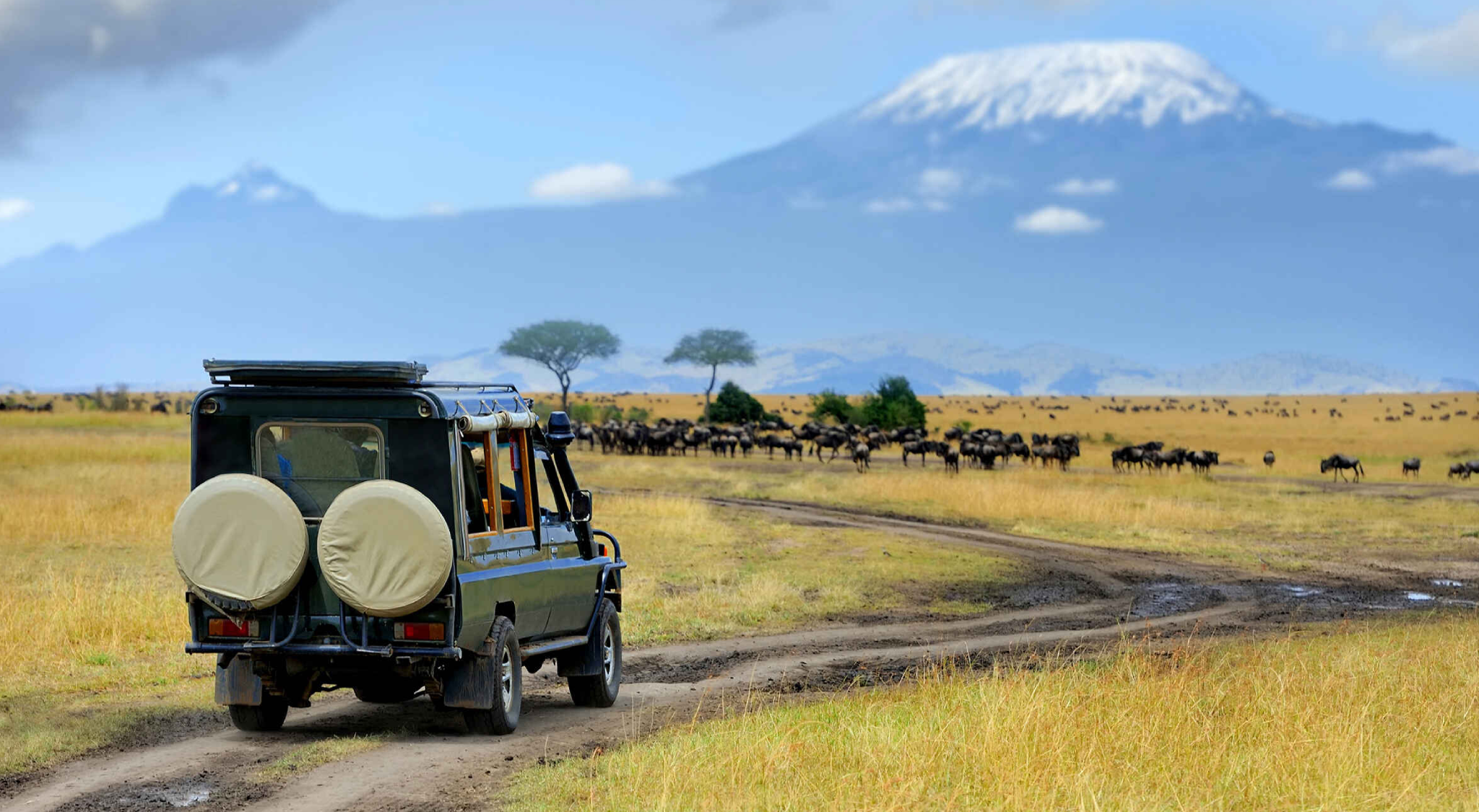
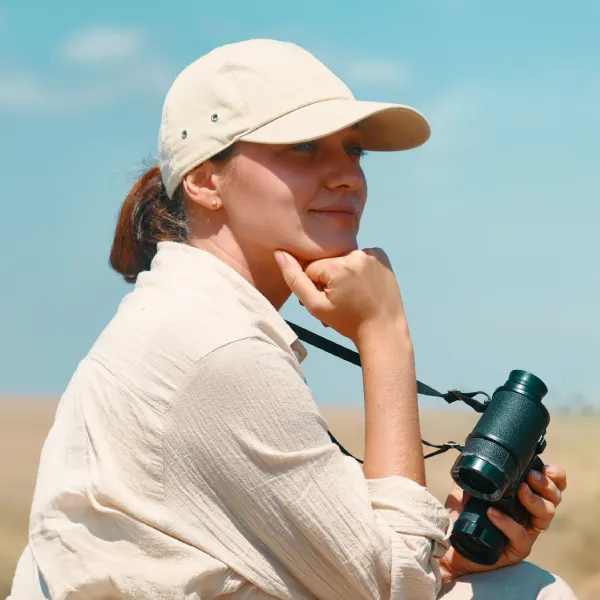
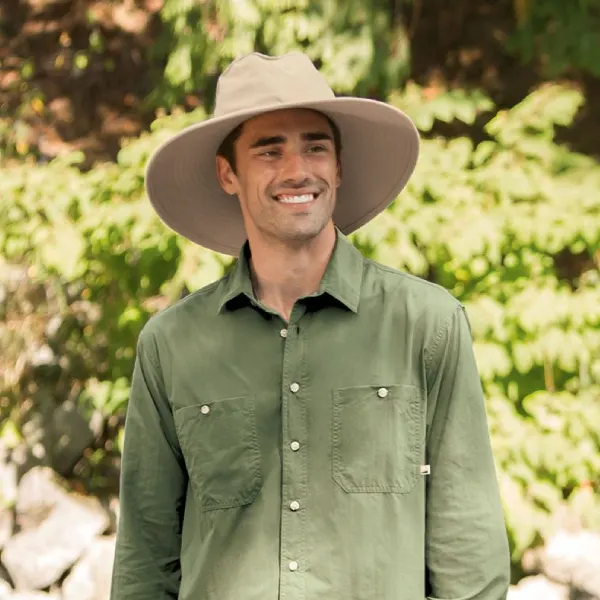
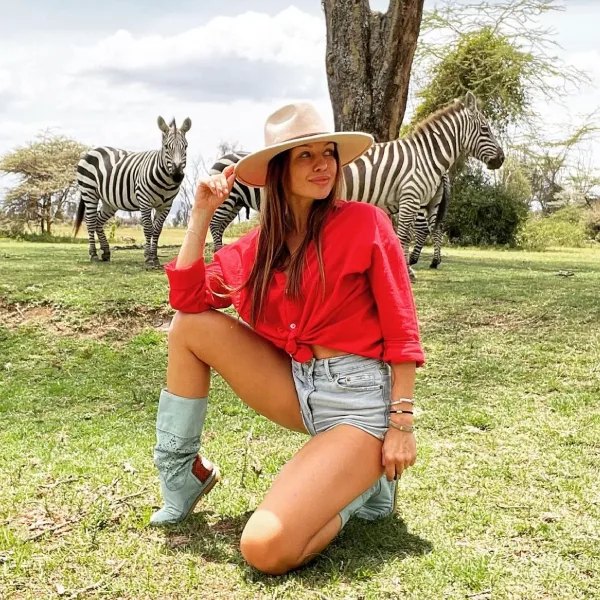

Melodica Africa Tours creates lasting change—supporting local communities, conserving wildlife, and protecting nature. Join us in travelling responsibly and making a meaningful difference with every unforgettable safari experience.
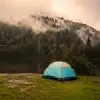
Feb 2025
The guide was absolutely fantastic. Emanuel was present answering questions and not least telling a lot like the animals.

Feb 2025
The guide was absolutely fantastic. Emanuel was present answering questions and not least telling a lot like the animals.
Talk to our friendly safari experts today. We’ll care, guide, and create a journey that’s perfectly tailored to your dreams—authentic, personal, and unforgettable.
Call us today from 9am
+254722626235
Managing Director

Sales & Reservations Manager

Tour Consultant